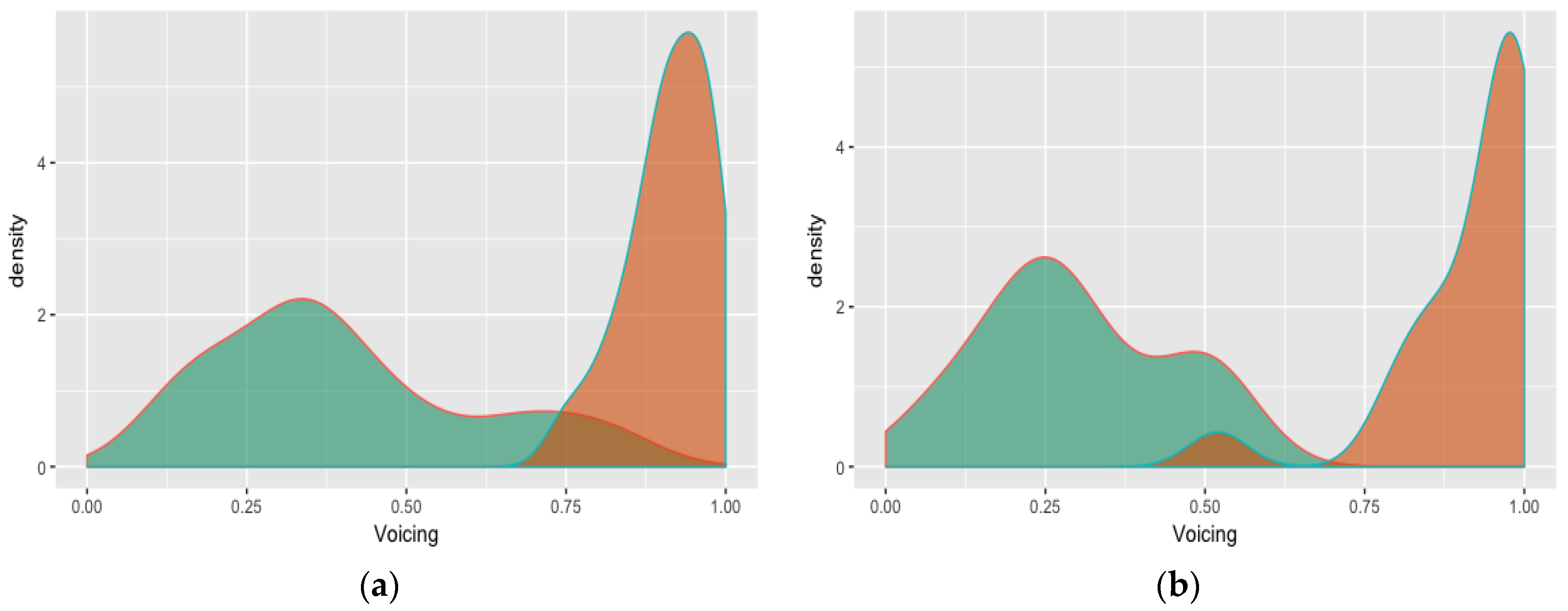


This phenomenon signals a change in progress resulting from diverging variation patterns of duration in tap/trill segments in generations of bilingual Raizales. A cross-generational examination revealed that the neutralizations of the tap/trill contrast in older bilinguals, as third-generation speakers, are converging toward the monolingual variety, distancing themselves from the older second and first generations. While there are language-specific differences in rhotic duration between Creole and Spanish, results show that Raizal Spanish has longer durations that differ from the monolingual Spanish variety. To do this, the segmental duration of 619 non-vibrant, intervocalic taps and trills were compared in three generations of Raizal Spanish (the bilingual Spanish variety) and contrasted with the duration of Continental Spanish (the monolingual variety spoken by Colombian immigrants from Continental Colombia). The unexplored phenomenon of the neutralization of the tap/trill contrast merits a thorough analysis to examine the effects of language contact in this Creole-Spanish bilingual population. This study examines the segmental duration of non-vibrant rhotics in a language contact scenario in the Western Caribbean, where an English-based Creole co-exists with Spanish: The Archipelago of San Andres, Colombia. scores from perceptual assimilation (how often stimuli were assimilated to the. These findings suggest a change in progress where approximants in younger generations are converging in the direction of Colombian Spanish, while formant frequencies in seniors are more associated with Islander Creole. Difficulty lexically encoding Spanish rhotics: L1 phonological grammar or. Praat: doing phonetics by computer (Version 5.3.80). Interestingly, Silva (2003) notes that this effect is gradient, with and r representing two opposite ends of the continuum. Supporting this trend is the fact that second generation speakers stand at an intermediate position between generations. This study focuses on voicing assimilation across word boundaries in the speech of second language. In word-initial position, the prototypical realization of the rhotic is a voiceless uvular fricative, however, under conditions where the onset is strongly stressed, the realization can be r. Results show that F3 frequencies and the distance between F3-F2 in senior bilinguals increasingly resemble the values in Islander Creole approximants, whereas younger generations are more closely associated to Continental Spanish. Alongside, F2 and F3 values were extracted from rhotic segments produced in the monolingual varieties coexisting in the Archipelago, Islander Creole (n=328) and Colombian Continental Spanish (n=150). Formant frequencies in the form of F2 and F3 were compared in the realization of 1,450 rhotics presenting no lingual closure produced in the bilingual Spanish speech of three generations of Creole-Spanish speakers. This study examines the acoustic realization of phonemic taps and trills across generations of Creole-Spanish bilinguals in the Archipelago of San Andres, Colombia.


 0 kommentar(er)
0 kommentar(er)
